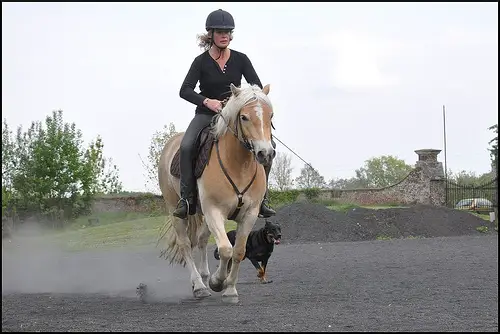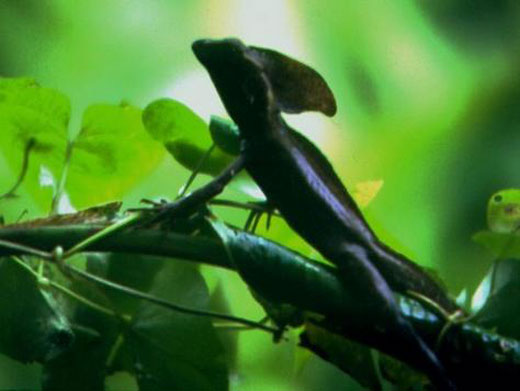Haflinger
Also known as the Avelignese, the Haflinger is a horse from Austria and northern Italy which was developed in the late 19th century. These relatively small horse breed’s ancestry traces back to the Middle Ages. There are several theories as to why this horse was bred including its hardiness and use for mountainous terrain. Their current appearance is due to bloodlines from Arabian and other European horse breeds into Tyrolean ponies. The foundation sire is a 249 Folie which was born in 1874.
Distinguishing features include its sturdy build, small stature, and chestnut colouring. There are various breed standards for this horse. In Austria, cross-breeding is prohibited. However, other nations do allow cross-breeding for this horse.
All modern-day Haflingers can trace their lineage back to this Folie through 1 of 7 bloodlines. Unfortunately, the WWI, WWII, and the Great Depression had a negative effect on this horse breed as they had to sometimes use lower quality animals to save Haflingers from extinction. During World War II, breeders focused on making them shorter, draft-like as the military preferred pack horses. However, after the war, breeders started producing animals for height and refinement.
Today, there are many uses for the Haflinger breed. The Austrian Army still uses them as packhorses for rough terrain such as the Alps. It is also used by the German army for demonstration and rough terrain work. Other than this, their activities include draft and pack work, combined driving, light harness, under-saddle events such as dressage, and therapeutic riding programs. They are great with kids but they are tall and sturdy enough to be used by adults. In fact, they are so loved that Prince Phillip (the Duke of Edinburgh) completed a driving team of 4 Haflingers in 1970. There are also several national shows for this breed in the USA, Great Britain, and Germany.





